The global dairy market is undergoing a significant shake-up as butter prices surge to near-record highs, creating ripples across the food industry. This inflation is being driven by a confluence of supply shortages in major dairy-exporting nations and intensifying demand in Asia—developments that carry significant implications for India’s dairy sector.
Global Squeeze: The Supply-Demand Gap
Europe and New Zealand, which together account for approximately 70% of global butter exports, entered 2025 with historically low butter stockpiles. A poor milk season, combined with processor strategies that prioritise high-value products over butter, has led to supply constraints. At the same time, consumption is rising sharply in Asia, particularly in countries such as China and South Korea, where Western-style baked goods and premium dairy items are gaining popularity.
Artisan bakeries in Paris are already feeling the pinch, with items such as croissants and pains au chocolat becoming more expensive to produce. However, the effects of the butter crisis are not limited to Europe. India, as a rapidly growing dairy market, is not immune to the downstream impacts.
Indian Dairy at a Crossroads
The Indian dairy industry, which is the world’s largest milk producer, faces a dual challenge. On the one hand, rising global butter prices could lead to an increase in domestic milk procurement prices, which in turn would feed into broader inflation in dairy products such as ghee, paneer, and cream. On the other hand, this global trend presents a strategic opportunity.
Exporters and cooperatives in India may find new openings in international markets seeking affordable alternatives. Value-added dairy products, including butter, could become more lucrative if domestic supply chains can scale efficiently. Furthermore, with consumer preferences shifting toward organic and premium offerings, India has a chance to lead in both affordability and quality.
Opportunities in Innovation and Sustainability
Experts suggest that this could be a catalyst for transformation in India’s dairy sector. Greater investment in sustainable dairy farming practices, precision dairy technology, and climate-resilient breeds may help mitigate future supply shocks. Organic milk production, a still-niche segment, could also gain momentum as consumers seek cleaner, more traceable dairy sources. India’s dairy sector is at a crossroads—rising global butter prices are not just a supply issue but a strategic opportunity. We can pivot towards value-added and organic dairy to buffer inflationary headwinds and meet shifting consumption trends,” said Rajesh Singh, a dairy economics specialist.
Looking Ahead
As butter prices continue to rise, industry stakeholders in India—from farmers and cooperatives to processors and policymakers—must respond proactively to address the challenges. Embracing innovation, expanding export capacity, and investing in sustainable practices could position India not only to weather the current volatility but also to emerge as a key player in the evolving global dairy landscape.

